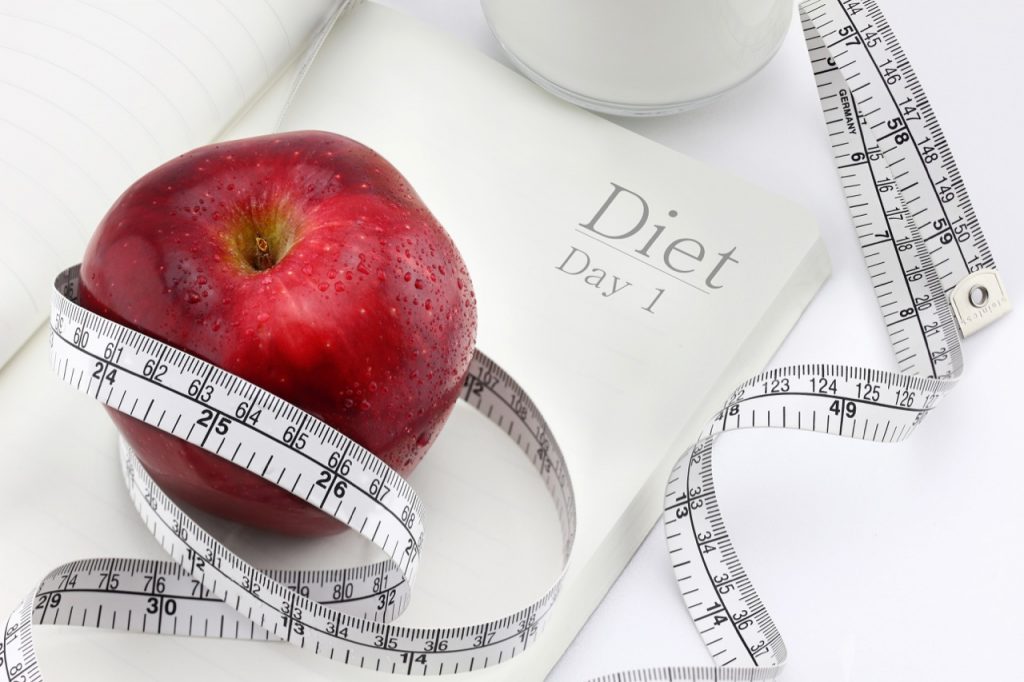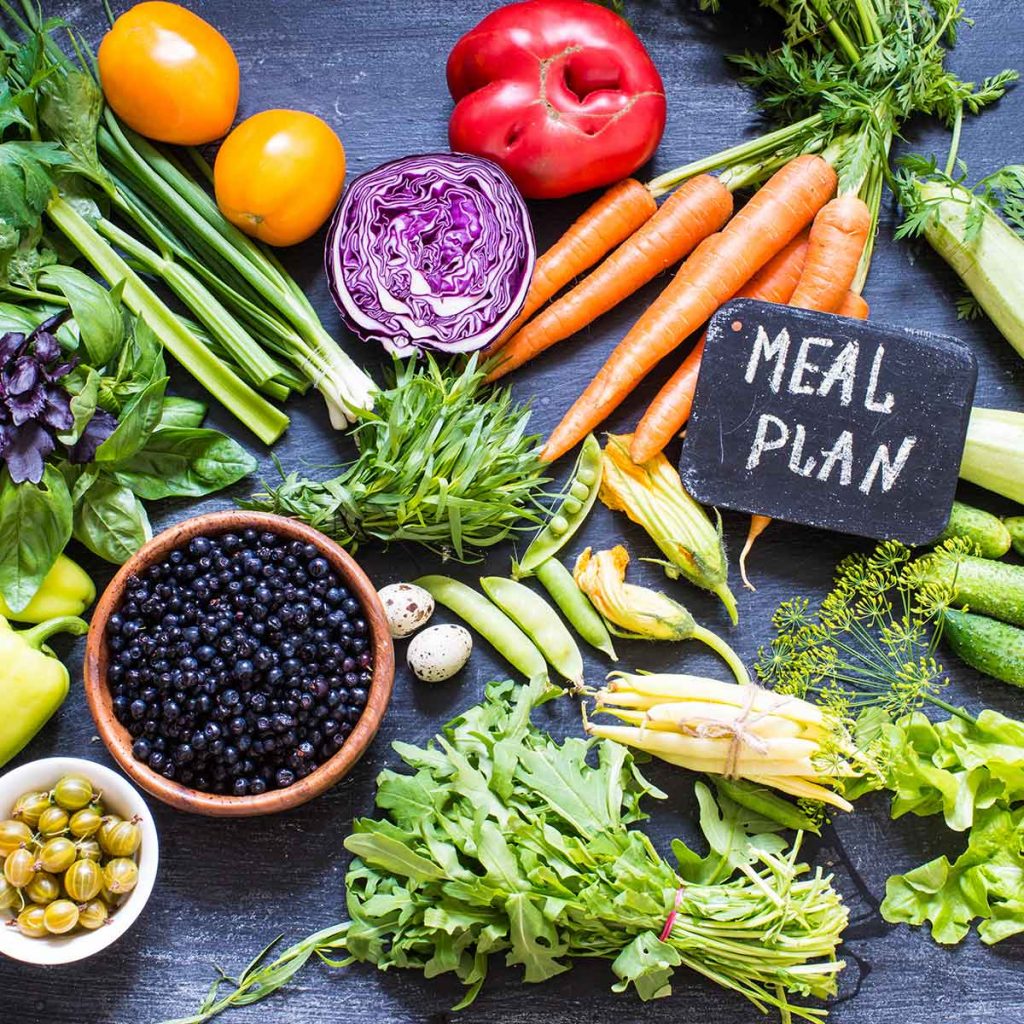How Many Calories Should I Eat?
If you are serious about changing your body composition, whether it’s to lose fat or build muscle (or both) you need to have some understanding what and how much you are eating. Regardless of how ‘clean’ you think your diet is, calorie intake matters.
There are no quick fixes when it comes to fat loss or muscle gain. Understanding the principles of energy balance, working out the right number of calories for your goals will get you results.
While it is possible to lose weight without paying attention to your calories it is unlikely to work well in the long term and if you have a goal in mind tracking your calories and macros it the most reliable way to lose fat and build muscle.
That doesn’t mean I am recommended following a very low calorie diet or highly restrictive eating plan.
For success any meal plan has to be sustainable and one that fits in with your lifestyle. That means you can include foods you like and still move towards your goals each week.
Understanding energy balance
Energy balance simply refers to the relationship between the amount of energy you consume (drinks and foods) and the amount you burn. It is just like having a bank account
You put money into the account in various forms – cash, cheque, direct debit etc and these all add up to build up the money in your account. (calories in)
You take money out – whether that’s cash withdrawals, writing a cheque, bank transfer and this will reduce the amount in your account. (calories out)
If you are serious about your financial wellbeing you will want to track both your money and money taken out. The same applies to your body.
If you eat more energy than you burn – you are in a positive energy balance.
If you eat less than you burn , you’re in a negative balance.
Obviously some foods and drinks will contribute more to the energy in – i.e they are more energy dense. (plate of doughnuts vs plate of broccoli)
If you want to lose weight you need to consistently eat less energy than you expend. If you want to gain weight then you need to be eating more. If the amount of calories you eat is equal to the number of calories you burn, you will maintain your current weight. This is the principle of energy balance.

How many calories do you need?
Your energy needs are different from anyone else. There is no one size fits all approach to how much energy your body needs. While you may be under the impression that an adult women needs 2000 kcal a day, the truth is calorie needs vary depending on age, height, gender, body weight, percent lean muscle mass and level of activity.
That is why when you are looking to follow a plan you need to know if it fits in with your calories needs for the health outcomes you want.
Your daily energy needs are made up of various components including your basal metabolic rate (BMR), NEAT (non exercise activity thermogenesis) and TEA (thermogenic effect of activity). TEA is the exercise component while NEAT includes general daily movements including fidgeting. There is also TEF – diet induced thermogenesis – this refers to the energy it takes to actually digest and assimilate the food you eat.
Your BMR is directly related to your body weight – so the more you weigh the higher it is. The bit you can change – i.e burn more calories is your activity levels. All of these factors add up to produce your overall total daily energy expenditure (TDEE). This is the figure you need to find out how many calories you are burning daily.
Calculate your TDEE
One of the easiest ways to get your TDEE is to use an online calculator – however figures do vary so check a few different calculators and take an average.
The other way is to use an activity factor with your BMR. Based on how active you are simply multiply your BMR by one of the figures below to get your TDEE.
Sedentary (AF of 1.1) – Little to no exercise.
Lightly Active (AF of 1.2) – Light exercise or training 1 to 3 days per week.
Moderately Active (AF of 1.35) – Moderate exercise 2 or more days per week.
Very Active (AF of 1.4) – Hard exercise 3 or more days per week.
Extremely Active (AF of 1.6) – Working out 2 or more times a day.
TDEE = BMR x AF
Remember both of the above methods will give you an ESTIMATE – it is not a precise science. Multipliers can overestimate the actual amount of energy you are burning so if you are looking to lose weight you are probably wise to start by using a lower activity multiplier.
Keep in mind that the TDEE figure you get is just a starting point. It is likely it will need adjusting after a couple of weeks of trying it out in a meal plan.
Depending on your current % body fat there is another way to estimate your level.
I have found that for women who have a body fat of around 25% or less (and are active – so working out regularly) and for Men 20% fat or less (again fairly active) they can simply multiply their weight in pounds by 14-16.
Start with 14 unless you’re smashing it at the gym daily. This quick method should give you a similar figure to using a TDEE calculator. It does not work well the heavier you are or the more body fat you have. It can overestimate but it may be a good way to start if you don’t want to play with calculators.
TDEE = 14 to 16 calories per pound of body weight per day

How many calories should I eat to lose weight?
Remember there is no one size fits all but what you don’t want to do is drastically cut back on your calories. You do need to be in a calorie deficit to lose weight but how much you reduce it by will depend on a number of factors including your current weight, how much you need to lose and your current exercise level.
Firstly I do want to emphasize that to really change your body composition you need to exercise daily and ideally include weight training at least 3-5 times a week.
There are pros and cons as to whether you very slowly reduce your calories or go for a slightly more aggressive approach. The right deficit is really the one that is sustainable and that gives you results steadily over time. One of the problems with reducing your calories too little is that you may not see any results or that the results are so slow you give up.
General recommendations I use are around 20-25% reduction in your calories.
To work this out simply multiply your TDEE by 0.8 or 0.75.
So if your TDEE was 2000 calories your target calories to lose weight would be around 1500-1600 kcal per day.
Again another way to calculate your target calories is to multiply your body weight in pounds by between 10-12.
Calorie target for weight loss = Body weight in pounds x 10 to 12.
Start with the lower figure and then you can always tweak this depending on progress.

How Many Calories Should I Eat to Build Muscle?
While it is possible to gain muscle and be in a calorie deficit if you really want to maximize muscle and strength gain, you need to maintain a calorie surplus. This is well known in the body building sector.
However what you don’t want is to also gain a lot of fat which will happen if you eat too much.
So start with a conservative calorie surplus of around 10%.
This means you need to multiply your TDEE by 1.1
Another way is to multiply your weight in pounds by around 16
Daily Calorie Target for Muscle Gain = weight in pounds x 16
Again just like with fat loss you may need to adjust the figure depending on the results you get and of course you need to be working out and lifting weights.

Beyond Calories – Food Quality and Macros
When it comes to weight loss calories is the basis of success. But what we really want is to change our body composition – lose fat and build muscle mass and ensure we optimally nourish our body and mind in the long term. This is where the food choices you make do matter. Our body needs energy but it also needs the right balance of macro nutrients and micronutrients (vitamins, minerals etc) to thrive. Eating nutrient dense foods not only will help energised your body and help you feel fuller for longer it will also ensure you have all the key essential nutrients to perform at its best.
The first place you need to start is an understanding of macros (protein, carbs, fats). The right macro balance can support better physical and mental performance, appetite control, energy levels, improved mood and assist in fat loss or muscle growth. Each macro has a different role when it comes to health and nutrition and also provides a different number of calories per each gram (protein and carbs = 4 calories per gram, fat = 9 calories per gram). For building muscle and losing fat certain macros are more important than others.
The importance of protein
When it comes to improving muscle mass you need to focus on optimising your intake of protein. Getting sufficient protein not only helps build muscle but help preserve muscle when you are trying to lose weight. Protein helps you lose body fat and keeps you feeling fuller for longer making it easier to stick to your meal plan. The exact amount you will need depends on many factors including your health goals and exercise levels. As a general guide research suggests a range of 1-1.6g per kg of body weight for adults. But for fat loss and muscle gain a higher level is normally beneficial. Many people like to work at 1g protein per lb of body weight. While this may be high it is assuming that you are exercising regularly, lifting weights and looking to lose fat and maintain or build muscle. This is equivalent to 30-40% of your total calories.
Examples of protein rich foods include meat, seafood, eggs, dairy, beans, tofu, nuts, seeds and protein powders.
The right carbs
Carbohydrates often get bad press which is a shame when they include nutrient dense foods like fruits, beans, pulses, vegetables and wholegrains. Carbs provide the body with glucose, which is converted to energy used to support bodily functions and physical activity. Your body stores any extra sugar for when it is needed. Not all carbs are created equal. Complex carbohydrates which includes wholegrain, vegetables, beans and pulses are good sources of fibre. They are often referred to as slower releasing carbohydrates and do not spike insulin as much as simpler carbohydrates and sugars. If you’re healthy and physically active, particularly if you lift weights regularly, you’re going to need sufficient amount of carbs to perform optimally and lose fat / build muscle. The popular way to calculate your needs is to first work out your protein and fat % and then the remainder is your carbs.
Fats
Just like carbohydrates fats have had their bad press. The right type of fats are actually essential for body function – the trouble is many people are not eating the healthy fats that benefit our body and instead eating too much processed foods high in damaged fats. The fats to focus on are the unsaturated fats like omega 3 fats (found in oily fish, nuts, seeds), monounsaturated fats (avocado, olive oil) and some omega 6 fats (nuts, seeds). When it comes to fitness, overall health and changing your body composition research suggests that we need about 0.2g -0.3g of fat per pound of body weight. This is likely to come between 20-35% of an adults daily calories.

Putting it into practice
Let’s see how this works in practice using a weight loss example
Assume you have worked out your TDEE Is 1800.
First calculate your deficit – lets go for 20% reduction
Calorie Target per day = 1800 x 0.8 = 1440 calories per day
Then calculate your protein intake – let’s assume you weigh 140lbs (64kg)
Using 1g of protein per lb body weight = 140g of protein.
Alternatively if you use 40% of your daily calories as protein this would give you 576kcal . To convert this into grams simply divide by 4 (there are 4 calories in every 1g of protein)
Grams of protein = 576/4 = 144g protein
So you can see that both approaches come out with a similar amount of protein.
Then calculate your fat
If you exercise regularly and don’t have any medical conditions, eat 0.25 grams of fat per pound of body weight per day.
Amount of fat = 140 x 0.25 = 35g fat
Alternatively use 25% of your total calories. This would give you 360kcal. To convert to grams of fat simply divide by 9. (there are 9 calories per 1g fat)
Amount of fat = 360/9 = 40g
So again these are similar figures.
Get the rest of your calories from carbs.
Target calories 1440
Calories from Protein = 576
Calories for Fat 360
Remaining = 504kcal
To convert into grams of carbohydrate divide by 4 (there are 4 calories per 1g carb)
Total amount of carbohydrates per day = 504/4 = 126g carbohydrates
So to lose fat your target calories is 1440kcal
Protein 144g
Fat 40g
Carbs 126g
These can then be put into a meal plan spreadsheet (see my Lean & Nourish Meal Plan Spreadsheet) or an app like My Fitness Pal to track your daily intake.
There are certain medical conditions where the above macro breakdown will need to be altered. For example if you have type 2 diabetes, insulin resistance or stubborn belly fat you may wish to reduce the carbohydrate portion slightly. Alternatively if you are exercising very intensely or training for a marathon etc your carbohydrates may need to be higher. What works for someone may not necessarily work for you – it is not necessarily about it being perfect but a guide to help you get started.
Don’t Forget Quality
Just because you know your calories and macros does not give you licence to get all of your carbs etc from bags of sweets. Our focus should be on whole foods, minimally processed foods that are nutrient rich. That does not mean you cannot include more indulgent foods you love but aim for the 80:20 rule. Focus on 80% of your foods to be minimally processed and nutrient dense as possible.

